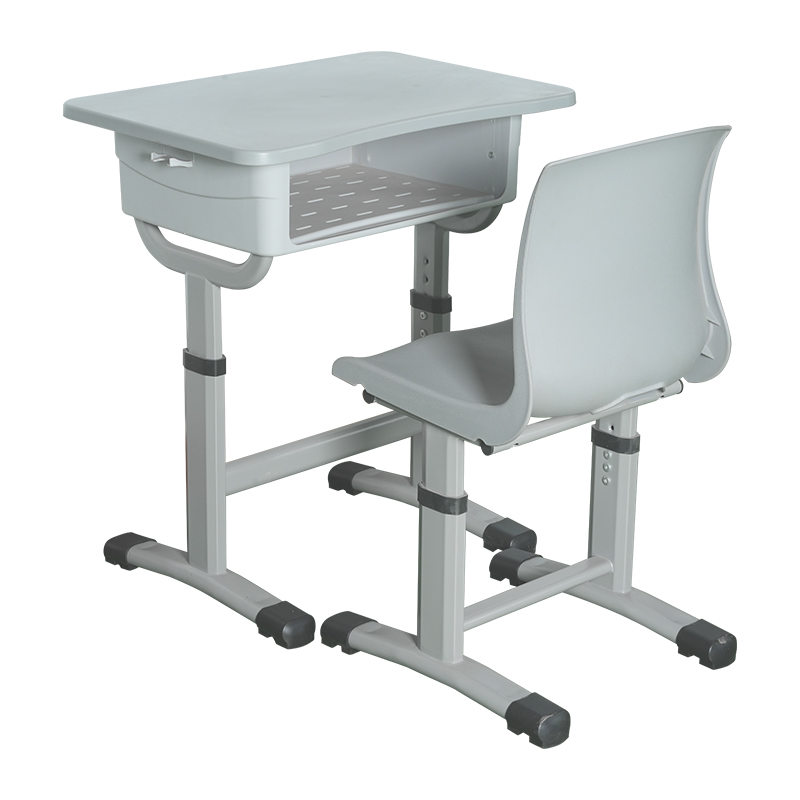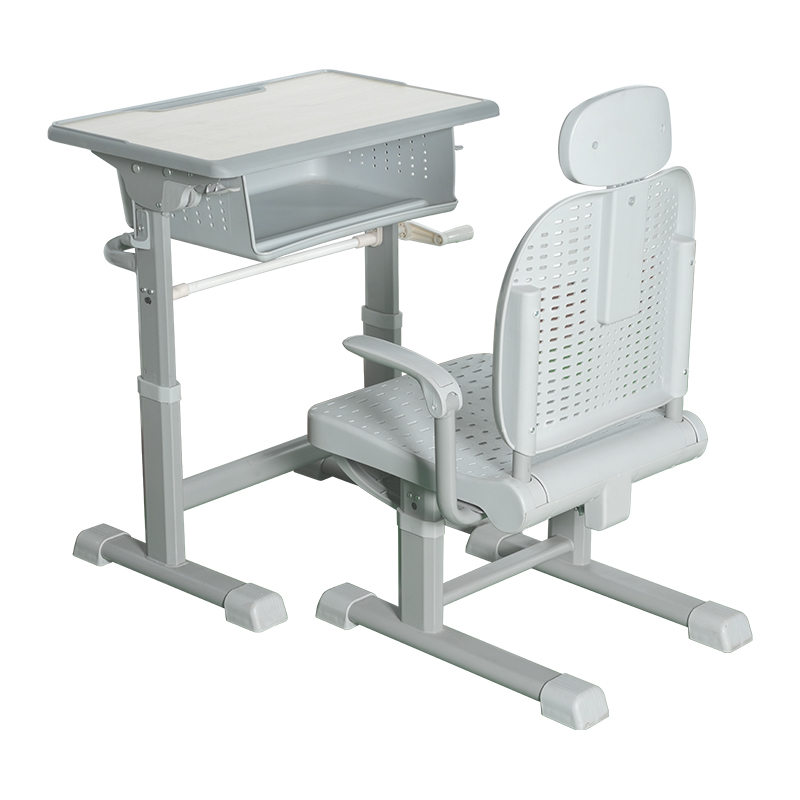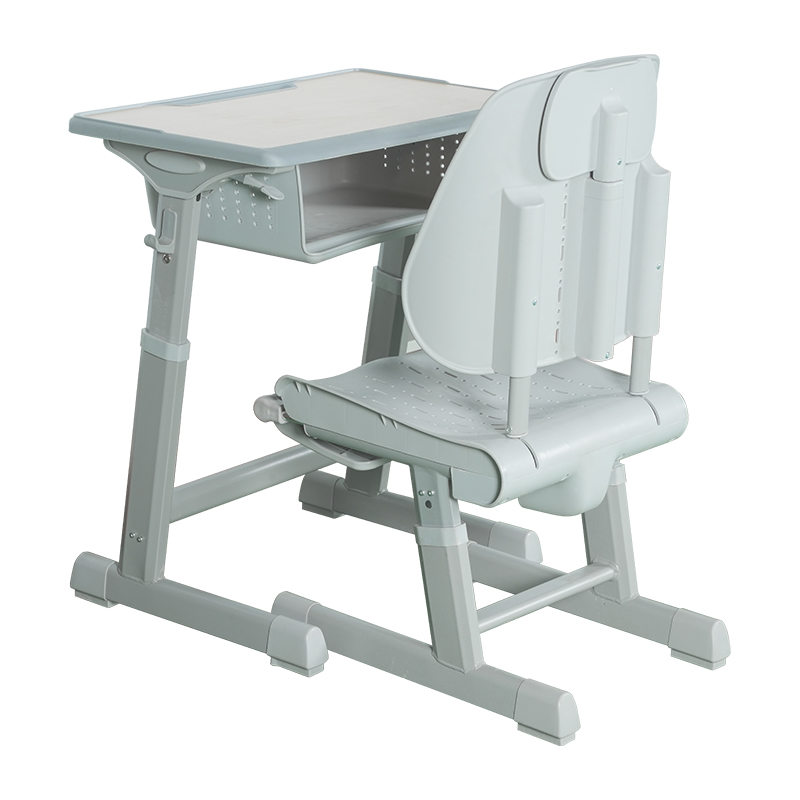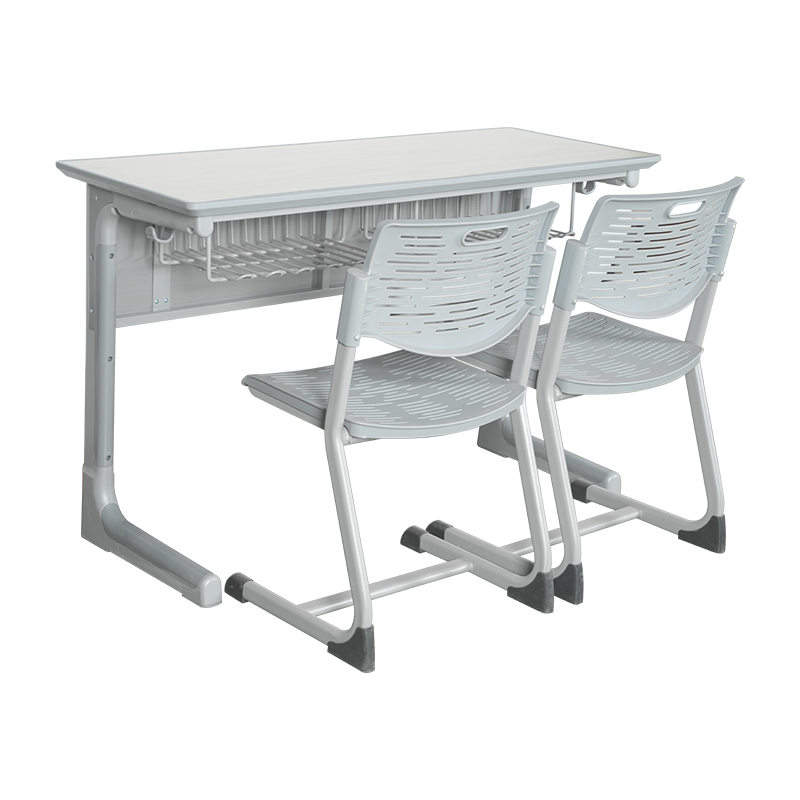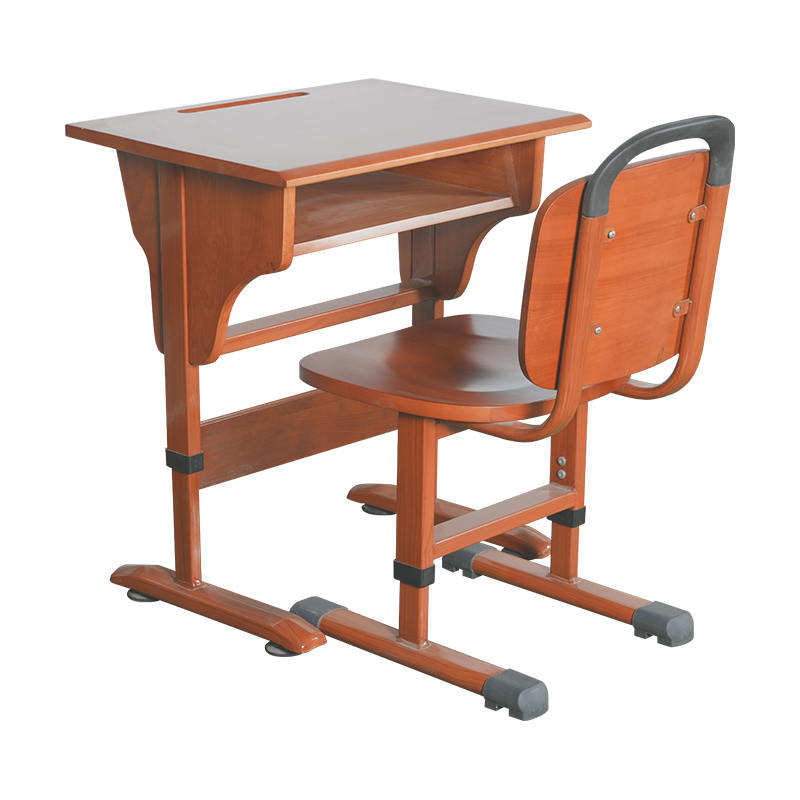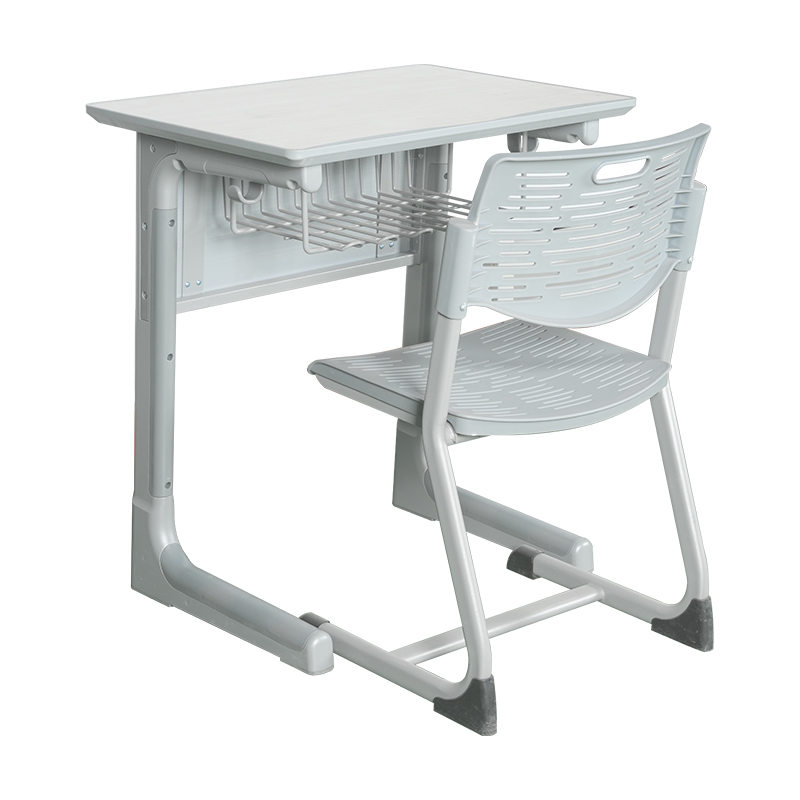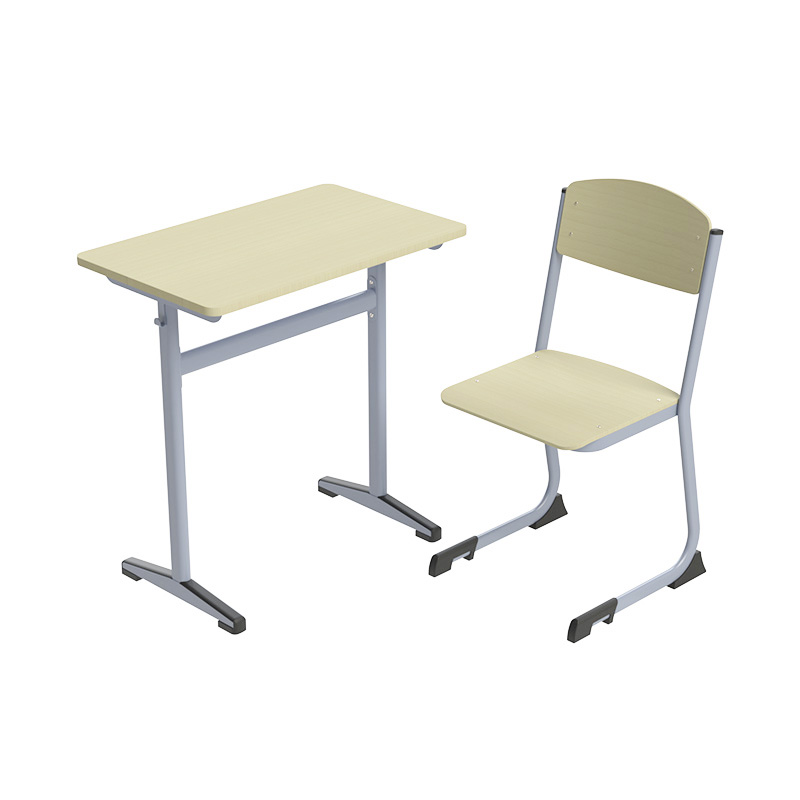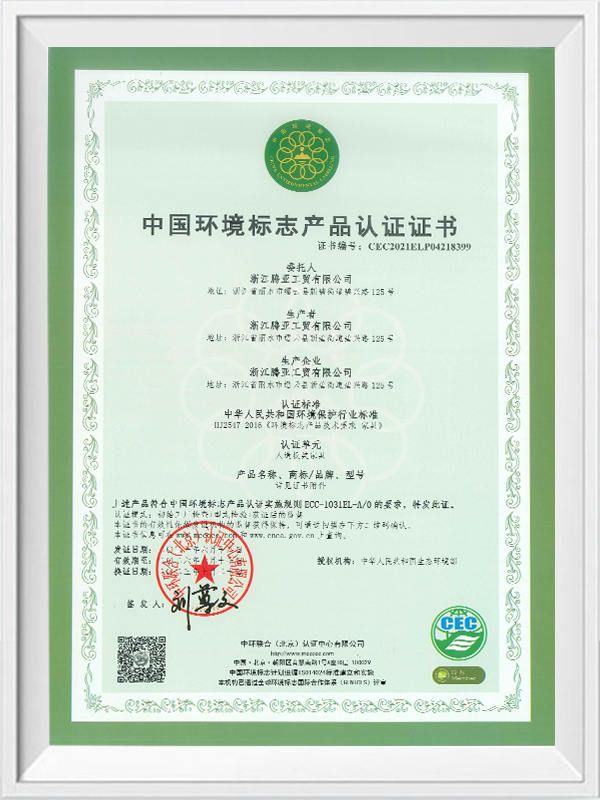The production of classroom desks and chairs is a key aspect of creating an effective learning environment. Manufacturers focus on designing these pieces of furniture with durability, comfort, and functionality in mind. The process typically begins with selecting materials that offer both resilience and ease of maintenance. For instance, metal frames and wooden or plastic tabletops are common choices due to their sturdiness and long-lasting nature.
The design process also involves considering ergonomic factors to ensure that desks and chairs are comfortable for students to use for extended periods. Adjustable height features are frequently incorporated to accommodate different age groups and provide a customizable experience for each student. Additionally, safety is a priority, so sharp edges are minimized, and all parts are securely fastened to prevent accidents.
The assembly process generally involves precision engineering to ensure uniformity and high standards of quality. Many manufacturers also emphasize the aesthetic aspect, as visually appealing furniture can positively impact a classroom’s atmosphere. Over the years, the demand for student desks and chairs that encourage collaborative learning has led to innovations in their design, such as modular desks that can be rearranged to fit various teaching styles.
Choosing the right student desk is an important decision for both schools and parents, as it directly impacts students' learning experiences. The ideal student desk should prioritize both comfort and functionality, enabling students to focus on their studies while supporting good posture.
A key consideration when selecting a desk is the size and configuration. Desks should be spacious enough to accommodate textbooks, notebooks, and other essential learning tools while not taking up too much classroom space. Adjustable desks are often preferred because they can cater to students of varying heights, ensuring proper ergonomic positioning for each child. This can prevent strain and discomfort, particularly in younger children who may still be developing their posture.
Material is another important factor. Desks made of durable materials like wood, metal, or high-quality plastic can withstand the wear and tear of daily use, while also being easy to clean and maintain. Furthermore, the desk’s surface should be smooth and free of distractions to support focus during lessons.
Classroom chairs play a crucial role in student comfort and overall learning effectiveness. The design and structure of classroom chairs can directly impact a student’s ability to focus and engage in lessons for extended periods.
One of the primary advantages of classroom chairs is that they promote good posture. Properly designed chairs with back support help students maintain an upright position, which reduces fatigue and the risk of musculoskeletal problems. This is especially important for growing children who may be more susceptible to discomfort from poor posture.
In addition to comfort, modern classroom chairs are designed with mobility and flexibility in mind. Lightweight chairs are easy to move around, which is particularly useful in classrooms where the seating arrangement may need to change frequently to accommodate different teaching methods or group activities. Some chairs are also stackable, making it easy to store them when not in use, which can be an essential feature in classrooms with limited space.
Student desks and chairs are designed with several key characteristics to meet the demands of both students and educators. These characteristics focus on enhancing comfort, promoting good posture, supporting collaboration, and ensuring durability.
Ergonomics is one of the important features in the design of both desks and chairs. With students spending long hours sitting in class, it is essential that the furniture supports proper posture. Adjustable height desks and chairs are increasingly popular, as they allow for customization based on the student’s height and needs, helping to prevent strain on the body.
Another key characteristic is durability. Given that desks and chairs are used daily by a wide range of students, they must be able to withstand frequent use without showing signs of wear. Materials like metal frames and solid wood or high-grade plastic are commonly used for their long-lasting properties.


 English
English русский
русский Español
Español عربى
عربى
